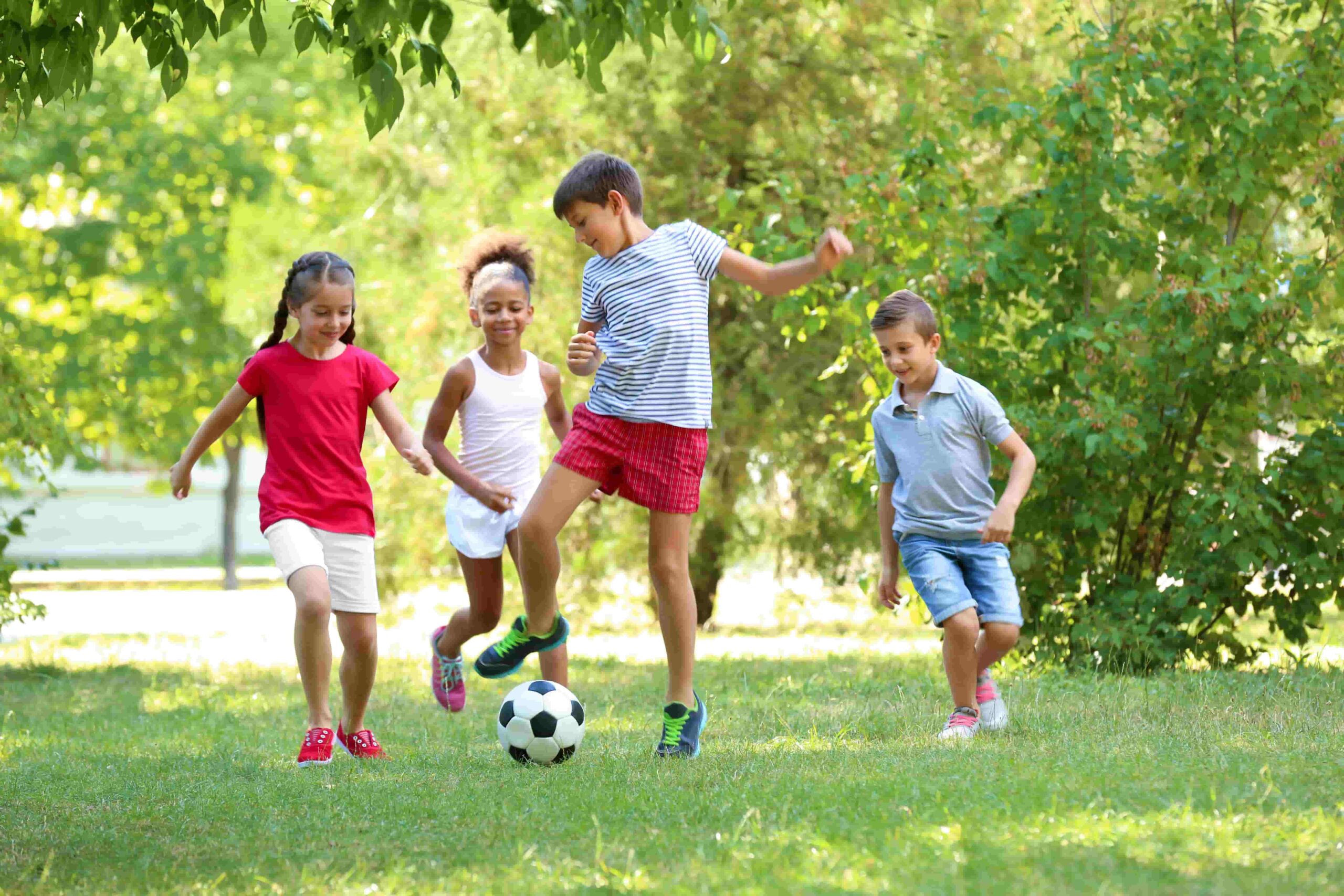You are now being directed to a third party website. Please note that this website is for convenience of the user. spectacularkids is not collecting, storing, or accessing any personal data of the user, and all the information collected, stored, and accessed herein is with the third party https://myeyedoctor.in/ website. You expressly consent to share all your details with https://myeyedoctor.in/

Children tend to spend several hours in front of the television. Increasing screen time is a chief contributor to Myopia in children. Recently, the American Academy of Pediatrics and the World Health Organization said that infants below the age of one year should not be exposed to electronic screens. This is responsible for the high prevalence of Myopia in school-age children. According to the North India Myopia Study (NIM) that was conducted among school children, the annual incidence of Myopia is 3.4%.
The prevalence of Myopia is higher among younger children as compared to older children and more among girls as compared to boys. The study also revealed that outdoor activities/time spent outdoors>2 hours in a day were protective with an inverse association with progression of Myopia (P<0.001). Spending quality time outside is essential for the learning and development of children. Spending time outdoors can improve the overall health and wellness.
Spending more time outdoors reduces the risk of Myopia in children.
A recent study found that school-aged children who spent seven hours or more a week using computers or mobile video games tripled their risk for Myopia, also known as nearsightedness.
According to the new guidelines issued by the World Health Organization (WHO), children under the age of five years must spend less time in front of screens or restrained in prams and seats. They should rather have more time for active play in order to grow healthy.
As per the new guidelines on physical activity, sedentary behaviour and sleep for children under 5 years of age, Dr. Fiona Bull suggests that “Improving physical activity, reducing sedentary time and ensuring quality sleep among young children will improve their physical, mental health and wellbeing, and help prevent childhood obesity and associated diseases later in life.”
The outdoors offers many opportunities for children to be physically active. Here are some useful tips to help your child spend more time outside:
Spending time outdoors is important both reducing the risk of becoming myopic as well as reducing the risk of Myopia getting worse.
In fact, increased time spent outdoors by children can slow Myopia progression and may decrease the risk of new Myopia onset by 50% (The onset of new Myopia in a study due to implementation of outdoor activity was 8.41% vs. 17.65% .
Myopia is an important health issue in India and is associated with long hours of reading and screen time with the use of computers and video games. Outdoor activities should be promoted to prevent the increase of Myopia among school children.